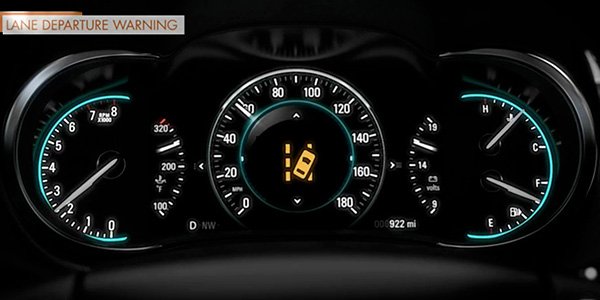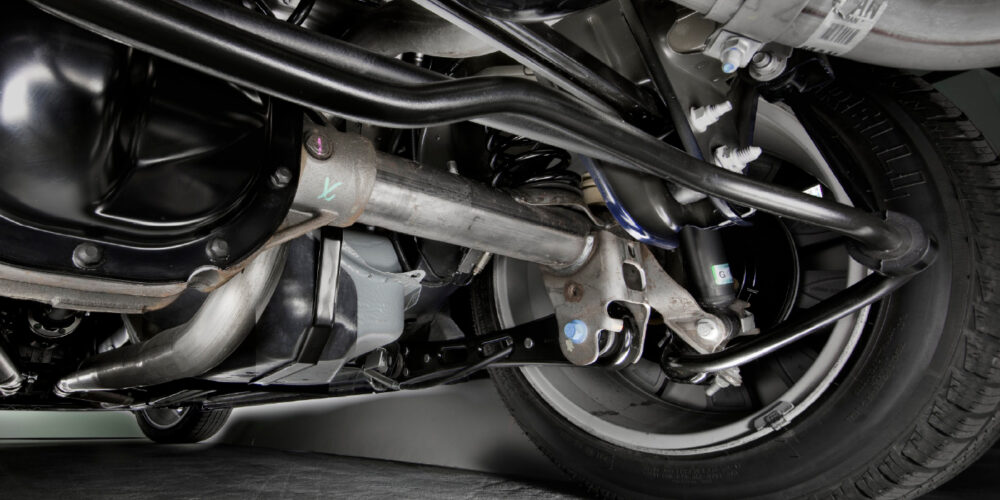Business at the Front, Business at the Rear
The 2010-2015 Camaro is based on the Zeta platform that includes the Chevrolet Police Patrol Vehicle and Pontiac G8. It represents the new GM with better engineering and materials and, compared to other domestic retro pony cars, it is the easiest to align.
The front suspension uses struts and dual lower control arms. Always check the front lower control arms’ inboard bushings for damage in the form of rubber separating from the metal components. When this bushing goes bad, it will change the SAI and caster.
Many of the bolts, nuts and studs holding the suspension together are torque-to-yield and use thread sealant compounds. Make sure you look at the service information before replacing a suspension or steering component.
Front Suspension
CAMBER: The camber is adjustable by moving the strut and knuckle. This should give ±1.0º of camber. These bolts are torque-to-yield bolts. They only have a few adjustments in them before they should be replaced. Tighten the bolt to 60 ft/lbs and turn the nut 180º.
CASTER: This angle cannot be adjusted. If it is out of specification, check the control arm, bushings or strut rod for damage.
TOE: The toe angle should be adjusted last or after the camber is adjusted. The jam nut should be tightened to 50 ft/lbs.
Rear Suspension
CAMBER: The lower control arm to the sub-frame retaining bolt and nut eccentric washers are used to adjust rear suspension camber. Nuts and bolts with micro-encapsulated thread sealant (GM’s new sealant compound) must be discarded after removal. This compound is very difficult to remove.

TOE: To adjust the rear suspension toe, turn adjustment cam on the inboard-side of the toe link.
Steering Angle
The steering angle sensor centering procedure requires a scan tool or Hunter’s CodeLink tool which is programmed to address GM’s requirements relative to the steering sensor’s calibration.

- Using the steering wheel, align the front wheels forward.
- Apply the parking brake, or set the transmission in the P position.
- Install the scan tool to the data link connector.
- Ignition ON, engine OFF.
- Select Steering Wheel Angle Sensor Reset in the Steering Wheel Angle Sensor Module Configuration/Reset Functions list.
- Follow the scan tool directions to complete the learn procedure.
- Select Steering Wheel Angle Sensor Learn in the Steering Wheel Angle Sensor Module Configuration/Reset Functions list.
- Follow the scan tool directions to complete the learn procedure.
- Select Steering Wheel Angle Sensor Learn in the EBCM Configuration/Reset Functions list.
- Follow the scan tool directions to complete the learn procedure.
- Clear any DTCs that may be set.














